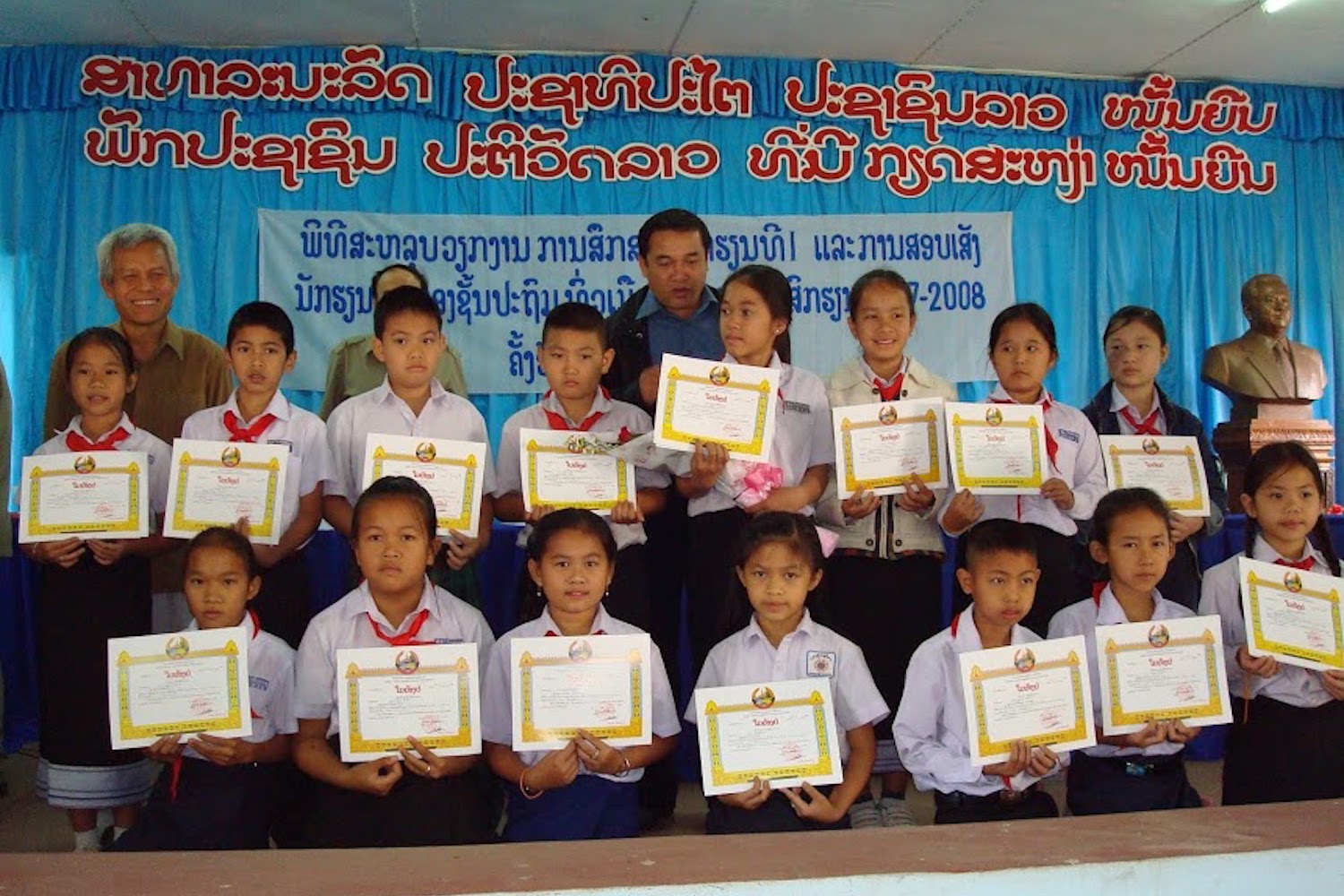Officials of one-party state almost certainly behind abduction even though Sombath Somphone took care to never challenge the government
BY JONATHAN MANTHORPE
It’s hard to guess when Sombath Somphone crossed the line from being an accepted and cherished champion of rural development in Laos, to becoming a perceived threat to the one-party Communist state.
But that’s what happened.
 Early in the evening of Dec. 15 as Sombath was driving home in his Jeep from his office in the Lao capital Vientiane he was stopped at a police checkpoint on Thadeua Road, which runs by the Mekong River.
Early in the evening of Dec. 15 as Sombath was driving home in his Jeep from his office in the Lao capital Vientiane he was stopped at a police checkpoint on Thadeua Road, which runs by the Mekong River.
A few minutes later a man rode up on a motorcycle, parked it and drove off in Sombath’s jeep.
Then a pickup truck arrived at the checkpoint, Sombath got in, the truck drove off and he has not been seen or heard from since.
Others have disappeared in questionable circumstances in Laos, which, after the moves to civilian rule in Burma and economic reforms in Vietnam, remains the most recalcitrant one-party state in Southeast Asia.
The government of Prime Minister Thongsing Thammavong was particularly alarmed by the part played by civil society organizations in the Arab Spring revolutions which rolled across the Middle East in 2011 and which continue to reverberate.
The government began looking at civil society groups with suspicion.
Sombath, 61, is a champion of grassroots development organizations, but he is no radical or wild-eyed activist.
In the early 1970s, Sombath won a scholarship to the University of Hawaii where he got a master’s degree in agriculture.
He chose to return to Laos in 1980 and began work promoting methods of sustainable agricultural development in this country of 6.5 million people that was devastated more than anywhere else during the Vietnam War.
Sombath’ first objective was to establish food security by persuading villagers to use a sustainable cycle of farming based on rice cultivation.
In 1996, he expanded his vision by founding the Participatory Development Training Centre (PADETC). This was licensed by the Ministry of Education in 1996 and was the country’s first civil society organization.
Again the emphasis was on sustainable, organic agriculture, and rural development. But he expanded the mandate to include using new processing techniques and adopting marketing strategies for small businesses.
The success of PADETC won Sombath many awards and much international recognition for his work.
Sombath never tried to confront the government and he negotiated the labyrinthian corridors of power of the Lao People’s Revolutionary Party with consummate, but quiet skill.
But admiration for his success also brought emulation, and this may have been the cause of Sombath’s abduction and disappearance.
Many civil society groups have sprung up in Laos and the country has become a favourite focus for international non-governmental organizations.
In general, the Lao government does not see these groups as partners in the quest to develop one of the world’s most impoverished countries.
It sees them as adversaries and rivals for power. Civil society organizations are closely monitored and restricted by government security officials.
Occasionally the government lashes out at one of the NGOs in order to remind the others that tolerance of their activities has narrow limits.
In December, just a week before Sombath’s abduction, the country head of the Swiss agricultural NGO Helvetas, Anne-Sophie Gindoz, was expelled by the government.
Her sin appears to have been sending emails to colleagues complaining about the lack of freedom of speech in Laos.
The common factor with Sombath is that Gindoz was heavily involved in a forum for local and international civil society organizations held in Vientiane in October.
Sombath was one of the prime movers for this meeting. To the one-party state fanatics in the government, it may well have looked like the emergence of a rival power base.
That can only be speculation.
But had it not been for closed circuit television cameras on Thadeua Road it would not be possible to say with reasonable certainty that government elements were involved in his abduction. Sombath would simply have disappeared.
Members of his family persuaded police to show them the video footage from the crucial time that evening. Most important, they secretly copied the police video using a cellphone camera. The footage is easily accessible on YouTube.
Lao refugees in the U.S., especially from the Hmong ethnic group who make up 40 per cent of the population, are a vocal and effective lobby group in Washington.
They have successfully pressed Secretary of State John Kerry and his predecessor, Hillary Clinton, to urge the Laos government to investigate the disappearance.
The Lao Americans have also urged Washington to stall aid projects in Laos until Vientiane comes clean about what happened to Sombath
Many others including the European Union and the United Nations High Commissioner for Human Rights have put similar pressure on Vientiane.
But so far the Laos government has said only that it doesn’t have enough information to launch an investigation.
